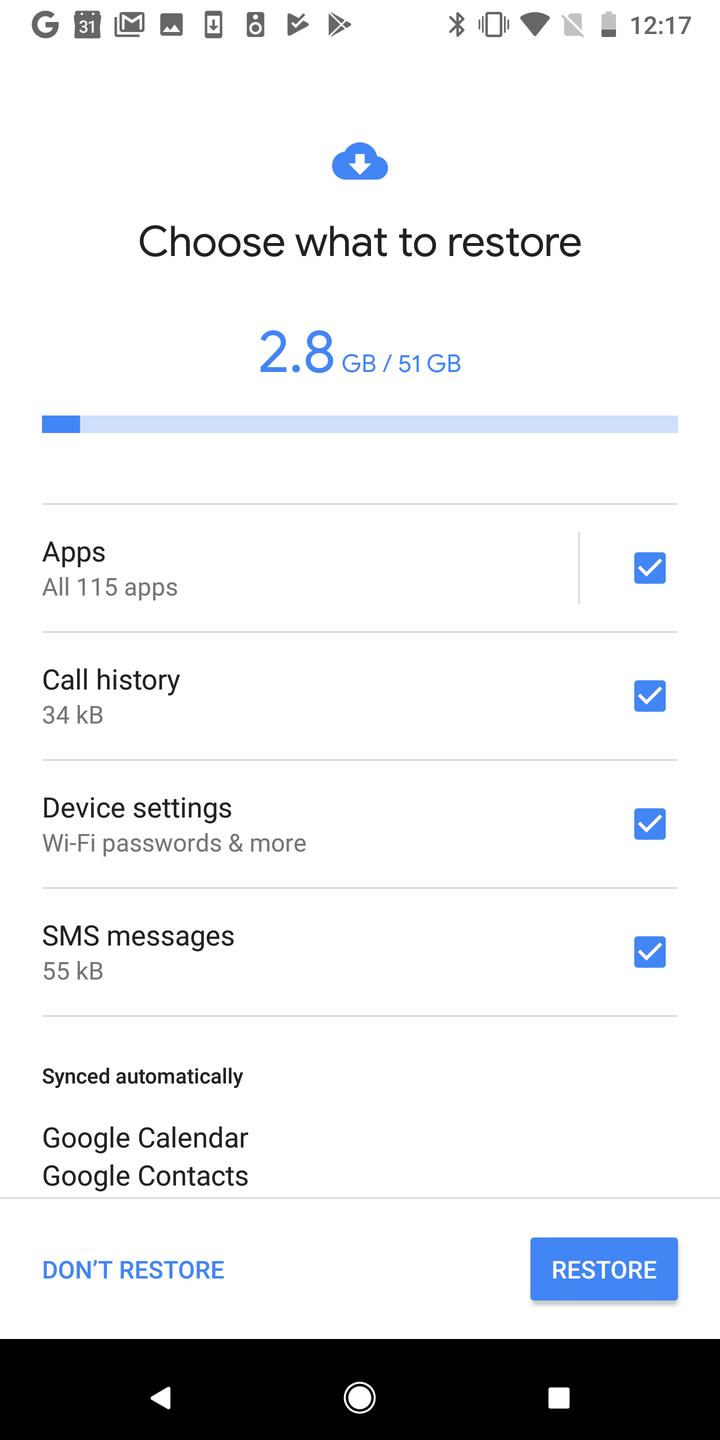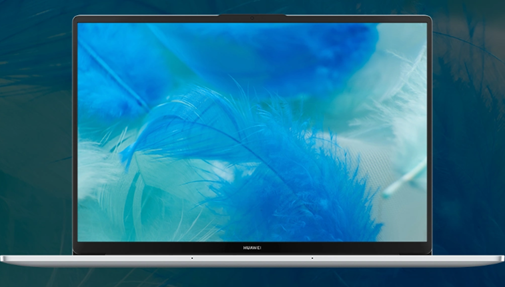www.androidpolice.com How to back up your Android device before a factory reset
Read update
For most of us, the majority of our important data (messages, calendars, contacts, and so on) lives in the cloud. However, your phone or tablet might still have some information not being backed up to the cloud, depending on the apps you use and the sync/backup services you have enabled. For this guide, we'll be going over some of the ways you can back up this data and ensure it makes it to your next phone or tablet.
Check account sync status
Checking Android's sync status for your cloud accounts is a good first step. This makes sure everything that should be backed up is actually being backed up. Open the Settings app, tap the Accounts option, select your main Google account, and verify that all the apps and services under the account have been synced recently. The settings might look slightly different (or be in different places) depending on your device.
ANDROIDPOLICE VIDEO OF THE DAY 3 Images ExpandExpandExpandIf some of the services haven't been synced recently, tap the Sync Now button on the page. Depending on your version of Android, the Sync Now option might be under a menu. The reason to check this area is simple: sometimes synchronization breaks.
Make sure your photos and videos are backed up
If you use Google Photos to back up the photos and videos you take with your phone or tablet, you should make sure it's still doing that. All you have to do is open the Photos app, tap your profile icon in the top-right corner, and check for the 'Backup complete' message. If Photos isn't backing up your media, it will show a 'Backup is off' message instead.
ExpandGoogle is ending unlimited backups in Google Photos, so if you have a lot of media, it might be a good idea to delete unneeded images and videos before enabling backups in Google Photos. For example, Samsung phones and tablets place all screenshots in the Camera directory that Photos monitors for backups, which can quickly eat up your account's available storage.
Of course, there are plenty of other photo backup apps for Android, including OneDrive and Dropbox. If you're using one of those, go into the app's settings and check the current sync status. You can also import photos manually into these apps if you only want certain files or folders.
Google Photos Developer: Google LLCPrice: Free4.4DownloadIf you have enough storage on your flash drive, and an adapter if one is needed (either Type-C or microUSB), you can just copy your phone's entire camera folder to the drive. Plug the drive into your phone, then use the Files app (or the file manager of your choice) on your device to copy the 'DCIM' folder on your phone to the drive. Any other folders and types of files, like your Downloads folder, can be copied just as easily.

Every phone manufacturer has a different file manager, so if you can't figure it out, download Files by Google from the Play Store. Once you've opened the app, here's what you need to do:
4 Images ExpandExpandExpandExpandOnce your files are copied, you can disconnect the flash drive and back up the photos however you see fit.
Files by Google Developer: Google LLCPrice: Free4.6DownloadIf you have a computer with enough storage, you can also simply connect your phone or tablet over USB and copy the DCIM (and/or other desired folders) in a few clicks. Make sure your phone is in MTP (file transfer) mode from the notification shade, and not set to charge or another USB connection mode.
The official method for copying files to and from a Mac is the Android file transfer tool. This app is so notoriously bad and out of date that basically no one recommends using it. It often just straight up refuses to work, and is a big headache all around. We have a dedicated article here with some other software you can try.
Copy contacts and calendars to the cloud
When you create a contact or calendar event, your phone might give you the option of saving the data in the phone's internal storage, instead of in the cloud. While that's a nice feature to have, especially for the privacy-conscious, it also means you might have saved some important data locally if you didn't pay close attention. Before you wipe our phone, you should check to see if any of your contacts or calendar events aren't backed up to the cloud. It's also possible to store a limited number of contacts on your phone's SIM card, but this isn't a common practice anymore, so it's pretty hard to do it accidentally.
Some phones, like Google Pixel devices, don't even give you the option of saving contacts and calendars locally.
The exact process for this varies by phone model, but you can start by opening the Contacts app and looking for a menu with all your accounts. For example, the Contacts application on recent Samsung phones displays 'Phone' alongside your Samsung and Google accounts. Some devices have an option to move Phone contacts to an online account, but in some cases, you'll have to export the file (usually accessible through the Share button) and import it using Google Contacts on the web.
3 Images ExpandExpandExpandCopying a local contact to Google with a Samsung Galaxy phone
Checking for locally-stored calendar events is mostly the same process: open your Calendar app and look for a calendar not linked to any accounts. It's usually called 'Phone' or 'My calendar'. However, most mobile calendar apps don't give you an easy way to export calendars. The best way to do this is to install this utility from the Play Store, open it, select your phone's calendar, and tap the 'Export' button. This will give you an .ics calendar file, which you can import into Google Calendar, Outlook, or any other cloud service.
Remove online accounts and disable Device Protection
If you're selling your phone, or giving it to someone else, you'll need to log out from all your Google accounts and remove any lock screen passwords. Android introduced a feature called 'Device Protection' back in 2015, which requires you to enter the password of the last Google account used on the device, after the device has been wiped in many cases.
While Google does say that Device Protection shouldn't trigger a password check after factory reset on most phones, removing your Google accounts and lockscreen before resetting is the only way to guarantee it won't.
To disable Device Protection, you'll first need to log out of all your Google accounts. Open the Settings app on your phone, go to the Accounts section, and tap 'Remove account' under each account.
3 Images ExpandExpandExpandRemoving accounts on a Google Pixel phone
3 Images ExpandExpandExpandRemoving accounts on a Samsung Galaxy phone
Once you've done that, disable any lock screen passwords you might have. This can be done from the Security section of the Settings app.
This guide has been updated to reflect recent changes to Google Photos and Samsung One UI.
Anyone who has stuck their SIM tool in a phone's mic hole needs to watch this new JRE video Read NextShareTweetShareEmail Related TopicsAbout The AuthorCorbin Davenport(3633 Articles Published)Corbin is a tech journalist and developer who worked at Android Police from 2016 until 2021. Check out his other work at corbin.io.








